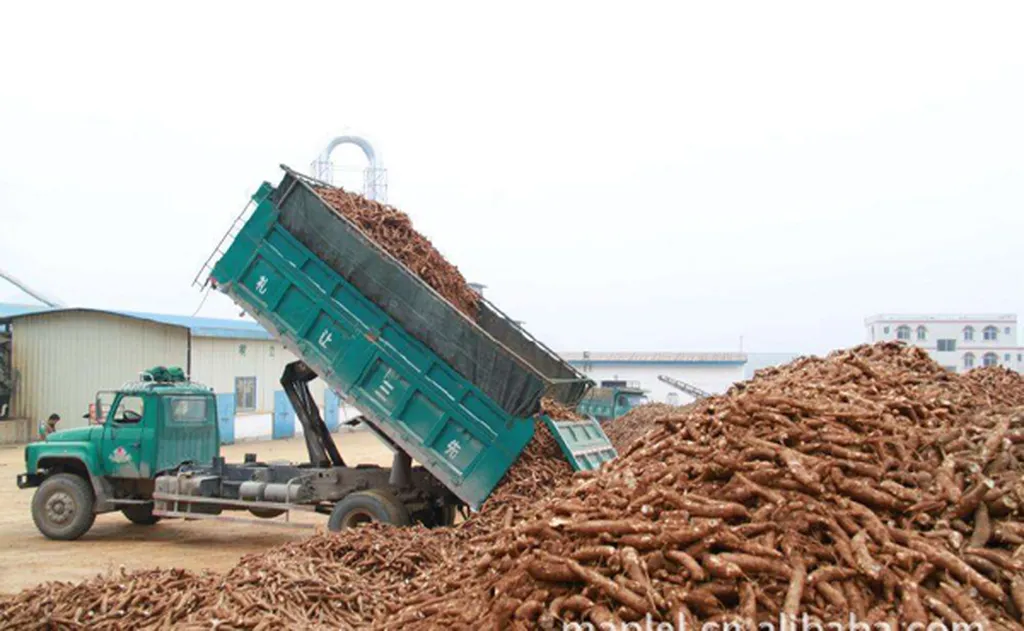In the heart of Thailand, researchers are transforming agricultural waste into valuable bioproducts, offering a glimpse into a more sustainable future for the energy and biotech sectors. Nantaporn Sutthi, a dedicated scientist from Mahasarakham University’s Department of Agricultural Technology, has spearheaded a study that could revolutionize how we view and utilize agro-biowaste.
The research, published in ‘Data in Brief’ (which translates to ‘Brief Data’ in English), focuses on the production of antioxidant exopolysaccharides (EPSs) using cassava pulp, a byproduct of cassava processing. Cassava, a staple crop in many tropical regions, generates a significant amount of waste during processing. Sutthi and her team have found a way to convert this waste into a valuable resource, aligning with the United Nations’ Sustainable Development Goals.
The study initially screened various nitrogen sources to enhance EPS production by Bacillus amyloliquefaciens KW8, a bacterium known for its beneficial properties. Yeast extract emerged as the most effective nitrogen source, setting the stage for further optimization. “We were pleasantly surprised by the effectiveness of yeast extract,” Sutthi remarked. “It not only boosted EPS production but also enhanced the antioxidant properties of the bioproduct.”
To maximize EPS yield, the team employed Response Surface Methodology (RSM) with a Central Composite Design (CCD). This statistical approach allowed them to evaluate the influence of key parameters such as pH, inoculum size, carbon-to-nitrogen (C/N) ratio, and agitation speed. The results were promising, with significant improvements in EPS production and antioxidant activity.
The structural characteristics of the EPS were investigated using scanning electron microscopy (SEM), revealing insights into its physical properties. Additionally, the team measured the levels of bioactive compounds and antioxidant capabilities, including total phenolic content, total flavonoid content, ferric reducing antioxidant power, hydroxyl radical scavenging activity, and DPPH scavenging activity.
The implications of this research extend beyond the laboratory. By converting agro-biowaste into valuable bioproducts, Sutthi and her team are paving the way for a more sustainable and circular economy. “This study demonstrates the potential of microbial cell factories to convert waste into wealth,” Sutthi explained. “It’s a win-win situation for both the environment and the economy.”
The energy sector, in particular, stands to benefit from this innovation. Antioxidant exopolysaccharides have a wide range of applications, from food and pharmaceuticals to biofuels and bioplastics. By utilizing agro-biowaste as a carbon source, the production process becomes more sustainable and cost-effective, reducing the reliance on fossil fuels and non-renewable resources.
As the world grapples with the challenges of climate change and resource depletion, research like Sutthi’s offers a beacon of hope. By harnessing the power of microbial cell factories and optimizing production processes, we can create a future where waste is minimized, and resources are used more efficiently. This study not only advances our understanding of antioxidant exopolysaccharides but also highlights the importance of interdisciplinary research in addressing global challenges.
In the words of Nantaporn Sutthi, “The future of biotechnology lies in our ability to innovate and adapt. By turning waste into valuable bioproducts, we can create a more sustainable and prosperous world for future generations.”

